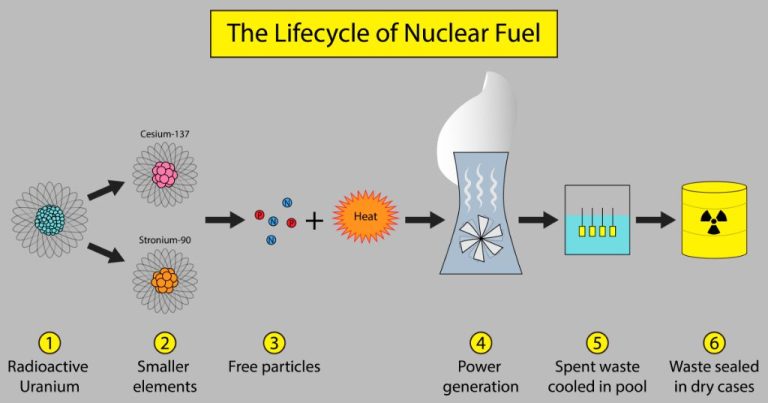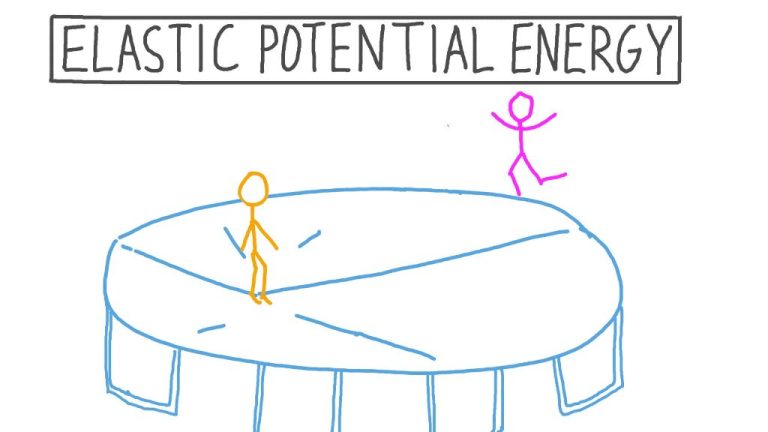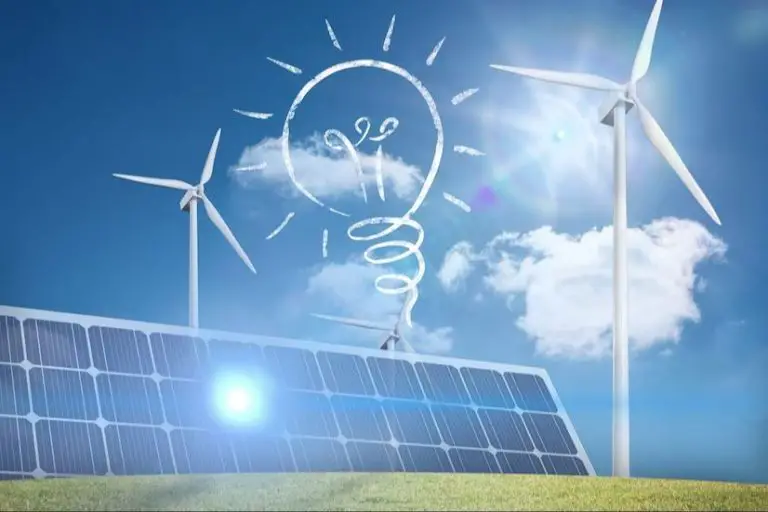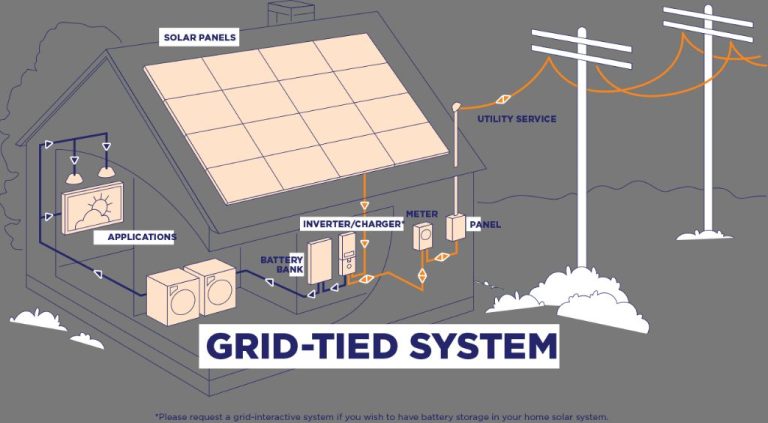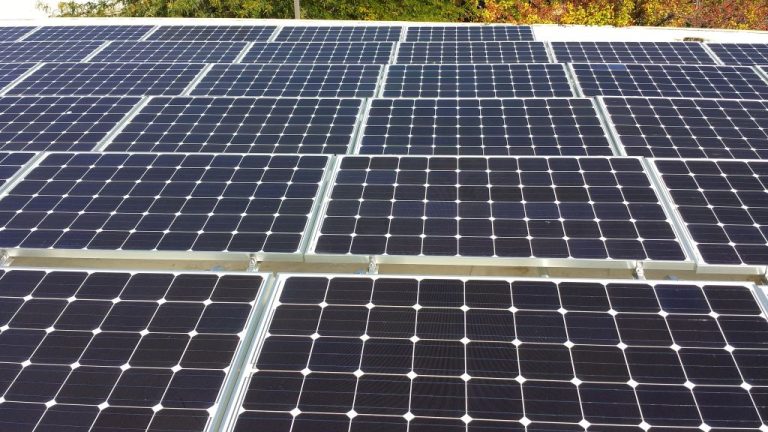Are Humans Non-Renewable Resources?
A resource is defined as any material or natural availability that can be utilized to produce value or meet needs. Resources can be split into two categories: renewable resources and non-renewable resources. Renewable resources can be replenished naturally over time, while non-renewable resources exist in a fixed amount and cannot be replaced once depleted.
Renewable resources include things like sunlight, wind, water, ecosystems, and biomass. These resources are considered renewable because they are continuously replenished through natural processes at a rate that exceeds human consumption. As long as the resource is not consumed faster than it is replenished, it can be utilized indefinitely.
Non-renewable resources exist in a finite supply and cannot be replaced once extracted and consumed. Fossil fuels like oil, natural gas, and coal are examples of non-renewable resources. Metals like gold and silver are also considered non-renewable. While the elements that make up these resources remain present on Earth, they do not regenerate themselves on a human time scale once extracted and consumed.
Human Reproduction
Human reproduction refers to the biological process by which new human beings are conceived and born. It involves sexual reproduction between a male and female through intercourse. The rate of human reproduction and population growth is influenced by a number of social, cultural, political and economic factors.
According to the United Nations (UN), the current world population is estimated to be around 8 billion as of mid-2022 and is projected to reach 9.7 billion by 2050 (1). The human population has been growing at an exponential rate, especially since the Industrial Revolution due to advancements in agriculture, sanitation and medicine. While the population growth rate has slowed in recent decades, the world is still adding approximately 80 million people each year.
Rising living standards, education for women and access to contraception has led to a decline in fertility rates globally. However, population momentum means there will still be substantial growth as couples in developing nations tend to have higher fertility rates. Factors like infant mortality and desired family size also impact population growth. Developed regions like Europe have lower fertility rates while Sub-Saharan Africa has the highest rate at 4.6 children per woman.
Overall, human reproduction remains the key driver of population growth. While the rate of growth is slowing, the world population is still projected to reach nearly 10 billion by 2050 based on current trends. This has major implications for resources, the environment and sustainability.
Resource Consumption
Human consumption of natural resources has been increasing rapidly, especially since the industrial revolution. According to the UN, global material consumption reached 92.1 billion tons in 2017, up from 26.7 billion tons in 1970 (UN SDG Report). This equates to over 12 tons of materials consumed per person per year globally. However, consumption is very unequal between countries. For example, in 2017 the average American consumed about 25 tons of materials per year, while the average Kenyan consumed 2 tons (U.S. Environmental Footprint Factsheet). The developed world consumes far more resources, especially fossil fuels, minerals, metals, biomass, and construction materials.
As the global population grows and economies develop further, demand for natural resources is projected to increase significantly. According to the UN, resource use per person could be 71% higher in 2050 compared to today. This raises concerns about resource scarcity and the environmental impacts of increased extraction and processing (Population Matters). Sustainable development requires reducing the material intensity of economies, increasing recycling rates, and shifting consumption patterns to more renewable and recycled materials.
Environmental Impacts
Humans have had a significant impact on the environment through actions like overpopulation, pollution, fossil fuel burning, and deforestation. These changes have led to major impacts like climate change, depletion of natural resources, mass species extinctions, and ecosystem degradation.
According to the National Geographic, human activities like greenhouse gas emissions have resulted in drastic environmental changes including global warming, rising sea levels, melting glaciers, and pollution from toxic chemicals and plastics [1]. Deforestation and land clearing have also caused habitat loss and soil erosion.
The Wikipedia article on human environmental impact states that as of 2009, humans have modified over 50% of the land surface based on factors like population growth, technological advances, and consumption patterns [2]. Agriculture, mining, logging, and urban sprawl have all played a major role.
A 2001 study published in BioScience outlined how humans have dramatically changed global nutrient cycles and plant diversity [3]. Fertilizer use, increased nitrogen fixation, and burning fossil fuels have greatly impacted carbon and nitrogen levels.
Renewability
The question of whether humans can be considered a renewable resource is complex. On one hand, human populations can and do replenish themselves through reproduction. Each new baby represents a “renewal” of the human resource. According to the United Nations, the current global fertility rate is 2.5 births per woman, which is above the population replacement level of 2.1. This indicates that overall, the human population continues to grow and renew itself [1].
However, sustainability experts argue that renewable resources must be able to regenerate at the same or faster pace than the rate at which they are consumed [2]. From this perspective, humans cannot necessarily be considered renewable, as population growth is restrained by factors like carrying capacity, resource scarcity, and environmental limits. Rapidly expanding human activity and resource consumption already tax the planet in ways that threaten long-term sustainability.
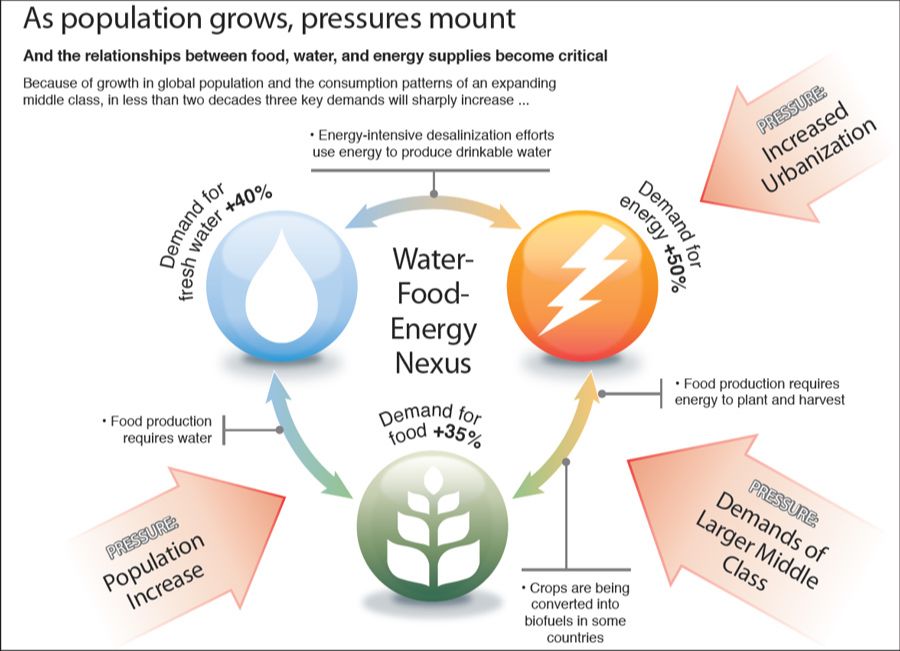
Overall, while human reproduction allows populations to renew themselves generation after generation, humans cannot grow infinitely at current rates without risking severe environmental harm. Responsible stewardship is required to ensure humans remain a renewable resource within planetary boundaries. With wise management of growth, education, women’s empowerment, and access to healthcare, human society could potentially achieve a sustainable balance.
Population Control
In an effort to curb rapid population growth, China implemented the One-Child Policy from 1979 to 2015. This controversial policy restricted urban couples to having only one child, with some exceptions made for rural families and ethnic minorities. While the policy successfully slowed China’s population growth rate, it had many negative consequences.
According to the Associated Press, the policy led to forced sterilizations and continued stricter controls over births in some regions [1]. There was also a skewed sex ratio due to a traditional preference for sons, which led to sex-selective abortions and female infanticide. The Britannica Encyclopedia notes that China’s sex ratio reached 117 males for every 100 females in 2010 [2]. Additionally, the policy created a demographic crisis of too few young people to support an aging population.
While the One-Child Policy is no longer in effect, it continues to have lasting consequences on Chinese society. The government now encourages couples to have two children, but the traumatic effects of forced abortions and sterilizations under the previous policy make many reluctant to have more children.
Sustainability
Sustainable development is the idea that human society and economic growth can occur in a way that sustains natural resources and ecosystems for future generations. The most common definition comes from the 1987 Brundtland Report, which states sustainable development is “development that meets the needs of the present without compromising the ability of future generations to meet their own needs.”
Sustainable models for human society aim to balance economic, social, and environmental objectives for current and future generations. This involves transitioning to renewable energy, circular economic systems that reuse waste, ecological restoration, sustainable agriculture and fishing practices, population control, inclusive institutions, and technology innovation. The UN Sustainable Development Goals outline 17 objectives for achieving global sustainability by 2030, including ending poverty, ensuring clean water and energy access, responsible production and consumption, and climate action.
A sustainable society must have long-term viability and the capability to flourish within ecological limits. Humans depend on healthy natural systems, so preserving biodiversity and ecosystem functionality is critical. Sustainable models enable human development through renewable practices rather than the depletion of non-renewable resources.
Sources:
https://www.iisd.org/mission-and-goals/sustainable-development
https://www.un.org/sustainabledevelopment/development-agenda/
Technology & Innovation
New technologies are enabling more sustainable use of resources and lowering our environmental impact. For example, advancements in renewable energy like wind and solar allow us to reduce reliance on fossil fuels (“Top 10 Green Technology Innovations”). Electric vehicles charged by renewable electricity emit far fewer greenhouse gases than gas-powered cars (“These 9 technological innovations…”). Green architecture integrates sustainability into building design through energy efficiency, renewable materials, and smart water usage. Vertical farming and hydroponics optimize crop yields while minimizing land and water needs. Overall, technology innovations like these are crucial for transitioning to a circular economy that makes better use of resources.
Ethical Considerations
There are important ethical considerations around whether humans can be viewed as renewable or non-renewable resources. Some argue that humans should not be compared to resources at all, as we have intrinsic value beyond any utilitarian purposes we may serve (see Ethics and Human Resource Management). However, others contend that humans do consume resources and have environmental impacts, so it is reasonable to analyze these effects. There are also debates around population control and whether limiting human reproduction is ethical. Proponents argue it can prevent resource depletion and ecological damage, while critics say it infringes on reproductive rights and freedoms. Overall, there are compelling arguments on multiple sides of these issues, which require nuanced ethical analysis and consideration of both human rights and environmental sustainability (see Importance of Ethics in Human Resource Management). Sustainable technologies and innovation may allow for continued human development while reducing negative ecological impacts. But values, rights and responsibilities will remain at the heart of determining ethical policies on human resource use.
Conclusions
In looking at human reproduction, resource consumption, environmental impacts, renewability, population control, sustainability, technology, innovation, and ethical considerations, the evidence shows that humans cannot be considered a renewable resource.
Humans have biological limitations on reproduction through factors like fertility that prevent us from being an endless renewable source compared to things like solar, wind or geothermal energy. Our population also consumes finite natural resources at an unsustainable rate that cannot be replenished, further demonstrating we are non-renewable.
While innovations in technology and sustainability practices may help curb overuse of resources, humans fundamentally rely on non-renewable sources to survive. Ethical factors also come into play that make population control complicated. Overall, classifying humans as a renewable resource would be inaccurate according to the available research.
In conclusion, humans do not meet the criteria of a renewable resource that can be naturally replenished despite consumption. We have a responsibility to be mindful of our environmental impact and develop better solutions for sustainable resource management. But fundamentally, humans cannot be considered renewable.

